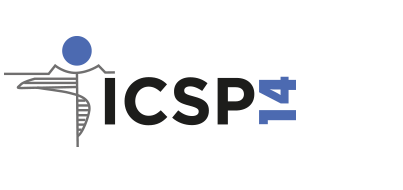14th International Conference on Shot Peening
Abstract [82]
Carlos Navarro, Jesús Vázquez, Jaime Domínguez
University of Seville, Spain
cnp@us.es; jesusvaleo@us.es; jaime@us.es
b Okinawa College, National Institute of Technology, 905 Henoko Nago, Okinawa, Japan
masaki-k@okinawa-ct.ac.jp
Antonio Periñán, Marta Herrera García, Fernando Lasagni
Advanced Center for Aerospace Technologies (CATEC), Seville, Spain aperinan@catec.aero; mherrera@catec.aero; flasagni@catec.aero
Simon Bernarding, Sebastian Slawik, Frank Mücklich
University of Saarlandes bernarding.simon@gmail.com; s.slawik@mx.uni-saarland.de; muecke@matsci.uni-sb.de
Francisco Boby, Lloyd Hackelc
Curtiss Wright Surface Technologies, Metal Improvement Company, Seville, Spain Francisco.Boby@cwst.com
Abstract
Different alloys can be used for Additive Manufacturing (AM) with good structural strength. Among the titanium alloys, Ti6Al4V is the most used, especially for aerospace applications. There have been many analyses of the mechanical properties of additive manufactured Ti-6Al-4V with very good static strength results in general. However, there are still some difficulties to get fatigue properties close enough to the ones of specimens manufactured using traditional processes. Considering the high effect of surface roughness on the fatigue strength of AM specimens, this work deals with the effect produced by some surface treatments on the fatigue properties. Five treatments have been used for comparison. All specimens were annealed previously to reduce residual stresses, as well as sand blasted to reduce the roughness. The treatments considered are: 1) no treatment after annealing and sand blasting; 2) shot peening; 3) shot peening plus Chemical Assisted Surface Enhancement (CASE); 4) laser shock peening, and 5) HIP. After fatigue testing, a comparison of the results has been carried out. It was found that laser peening produced the best results, followed by shot peening plus CASE and shot peening, with the lowest strength produced by HIP as well as just sand blasting after thermal treatment.
Date
17 Novembre 2022

